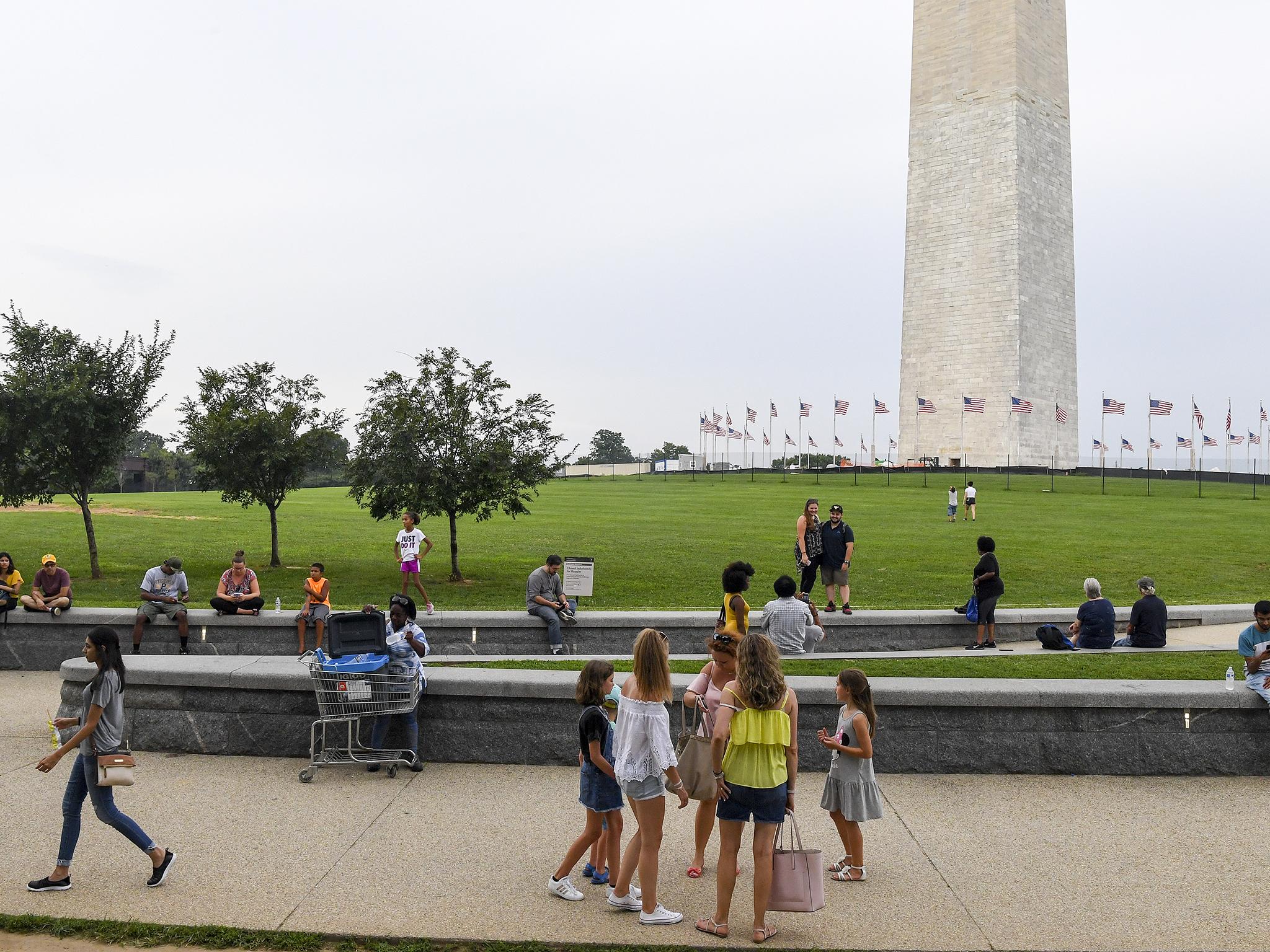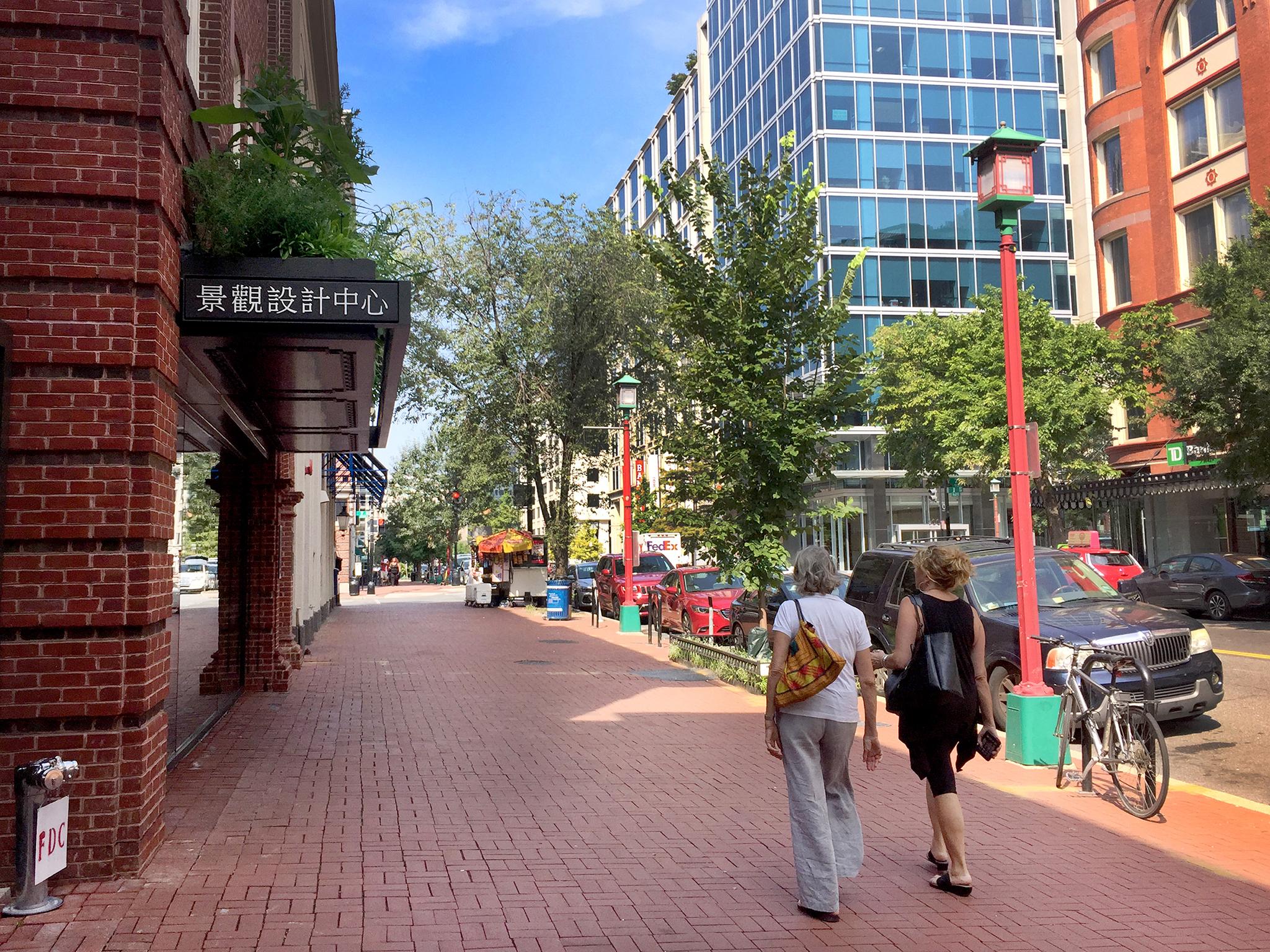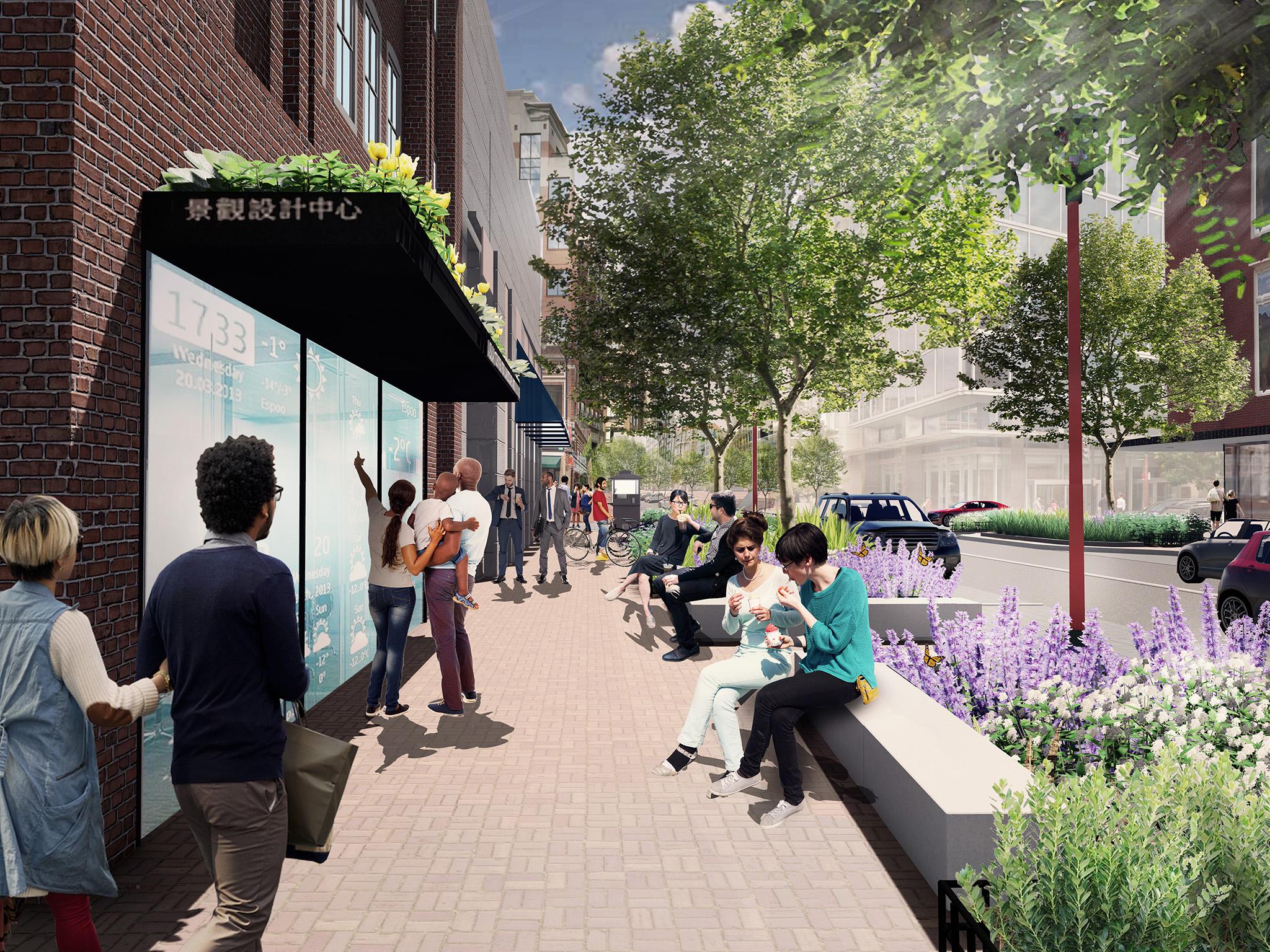Cities are using design to thwart terror attacks – from benches to planters
Recent terrorist attacks have prompted city designers to rethink security in public spaces

Your support helps us to tell the story
From reproductive rights to climate change to Big Tech, The Independent is on the ground when the story is developing. Whether it's investigating the financials of Elon Musk's pro-Trump PAC or producing our latest documentary, 'The A Word', which shines a light on the American women fighting for reproductive rights, we know how important it is to parse out the facts from the messaging.
At such a critical moment in US history, we need reporters on the ground. Your donation allows us to keep sending journalists to speak to both sides of the story.
The Independent is trusted by Americans across the entire political spectrum. And unlike many other quality news outlets, we choose not to lock Americans out of our reporting and analysis with paywalls. We believe quality journalism should be available to everyone, paid for by those who can afford it.
Your support makes all the difference.When landscape architects recently began redesigning a wide, red-brick sidewalk in Washington’s Chinatown, they initially focused on improving the storm water runoff and making it easier for pedestrians to navigate safely.
But last fall, after a driver ploughed a truck into a bike path in Lower Manhattan and killed eight people, they added a new goal: to protect people from terrorists using vehicles as weapons.
Instead of throwing up rows of bollards or concrete barriers, they plan to install trees, bike racks and raised planters that will double as benches. They’re designed to make the sidewalk more pleasant while creating obstacles to stop an attacking vehicle or, better yet, dissuade a potential terrorist from trying.
“When you look at it, you won’t say ‘That’s there to protect pedestrians’, but that’s what they’re doing,” says Robb Berg, of Design Workshop. The Colorado-based landscape architecture firm is redesigning the sidewalk as a prototype for the American Society of Landscape Architects, which has its offices on the block.
“At no point will you see a bollard,” Berg says. “That’s the key. We’re taking that function and disguising it in all sorts of other elements.”
Since the 1995 bombing of the federal building in Oklahoma City and again since the 11 September 2001 terrorist attacks, security experts have focused on protecting people by keeping bomb-laden vehicles a safe distance from buildings.
But in the past two years, more attackers have begun driving into crowds outside – in Nice, France, London, Berlin, Charlottesville, Virginia, and Toronto, among other cities. The latest occurred in London on 14 August, when a suspected terrorist sideswiped cyclists and injured three people before crashing into a barrier outside Britain’s Houses of Parliament.
The change in violent tactics comes at a sensitive time, amid a resurgence in urban bicycling and renewed attempts to encourage social interaction in public spaces, particularly as people have become increasingly isolated by mobile phones and computer screens. More enticing parks, sidewalks and bike and running paths also encourage people to exercise more and drive less.
Protecting sidewalks and other vulnerable outdoor areas is proving to be more difficult than buildings, planners say, because public spaces don’t work unless they feel open, welcoming and attractive – the opposite of the “fortress” feeling that barriers can create.
“If you’ve done your job right, you create places where people want to gather, and that can inherently make them targets for vans or heavy trucks,” says Bernie Alonzo, a principal with Gustafson Guthrie Nichol, a Seattle-based landscape architecture firm that has an office in the District. “How do you still make them great places people want to be in without setting up high security perimeters and barriers?”

The goal, designers say, is to secure open spaces in a way that’s obvious enough to ward off potential attackers but, unlike standard bollards and concrete barriers, attractive enough that passersby and people using the area won’t notice. If you’ve never considered that the flowering planter where you sit on your lunch break might be strategically positioned to stop a vehicle, then they’ve succeeded.
Of course, bollards will remain part of city landscapes for years to come. So far this year, New York City officials have announced $150m (£116m) to install about 4,500 bollards and other barriers in Times Square and throughout the city, a city spokesman said.
But passersby are less likely to notice the growing number of benches and streetlights reinforced with steel and anchored in deep concrete foundations. Some fountains and sculptures sit on reinforced pedestals. The steps to sunken or raised areas in public plazas are often intended to slow down a vehicle. Designers are also proposing more winding streets, both to “calm” traffic and prevent vehicles from getting a straight shot onto a sidewalk.
Leonard Hopper, of New York-based Weintraub Diaz Landscape Architects, says his firm designed a public plaza in Lower Manhattan two years ago with raised planters and a fountain.
“People think it’s just a nice place to be,” Hopper says, “but at the same time, a vehicle can’t get in there.”
In Washington, some sidewalks are already protected because they fall within the safety perimeters around federal buildings or monuments. Many of the bollards and large concrete planters installed along sidewalks as a quick response to the 11 September 2001 attacks are gradually being replaced.
David Insinga, chief architect for the General Services Administration, says the agency asks designers to integrate security measures “in subtle and unobtrusive ways”, such as with low retaining walls, street furniture and water fixtures.
“The design community has come a long way in securing sites since the days of perimeter bollards and barricades,” Insinga said through a spokeswoman’s emailed statement. He added: “We strive to make our facilities secure, while still feeling open to the public.”

Peter May, who oversees planning for the National Park Service in the DC region, says his agency has long focused on protecting people at outdoor memorials and parks. Now, he says, they’re looking for ways to better protect people on sidewalks nearby.
“Large numbers of people on sidewalks could be at greater risk,” May says. “When we talk about projects, we’re thinking more broadly about where people will be gathered, not just in the core” of a site.
Landscape architects say they’re building on decades of working to separate pedestrians and cyclists from vehicles with drunk or distracted drivers. They’re also tapping into a long-held sense that bollards are ugly.
The National Museum of the American Indian, designed in the late 1990s when truck bombs were still the primary concern, uses large boulders to stop vehicles outside. They were initially intended as “grandfather rocks” to illustrate the connection between native people and the land, says Duane Blue Spruce, the architectural liaison between the museum and the design team.
“We knew we didn’t want jersey barriers all over the place,” Blue Spruce says. “Immediately, our design team said, ‘We have these grandfather rocks. Let’s put more of them in certain locations’.”
Some designers say they’re worried that attacks-by-vehicle are getting more than their due share of attention and money.
Richard Roark, a landscape architect, works for OLIN, the Philadelphia-based firm that in 2005 designed the low bench-wall surrounding the Washington Monument. The wall replaced two rings of concrete barriers installed in 1998 after the bombings of US embassies in Kenya and Tanzania.
Even so, Roark points to statistics showing that people are far more likely to die of heart disease, cancer, suicide, car crashes and many other causes than in a terrorist attack. He says he questions whether some of the money used for barriers would be better spent on public health initiatives, such as improving parks to encourage more exercise.
“I think it’s a psychological issue for us,” Roark says. “I don’t want to be the victim of a terrorist attack, and obviously it would be a horrific nightmare, but when you look at the numbers, you wonder if this is the best allocation of money … I’m very concerned that, collectively, we have an understanding of what our real risks are.”
Diane Sullivan, director of urban design and plan review for the National Capital Planning Commission, says she believes the risks should be balanced against the need to keep public spaces feeling open.
“This is a really important discussion about our public space,” says Sullivan, whose agency oversees planning for federal land in the Washington region. “These are spaces that you should feel welcome in. The more you try to secure them with rocks and bollards and other things, the less they’re seen as welcoming.”
© Washington Post
Join our commenting forum
Join thought-provoking conversations, follow other Independent readers and see their replies
Comments